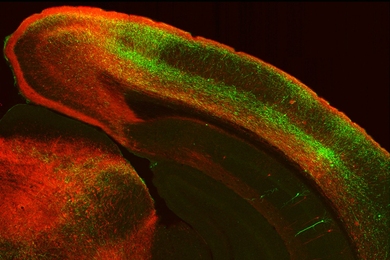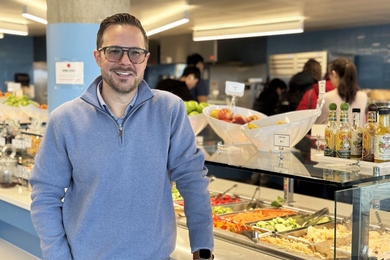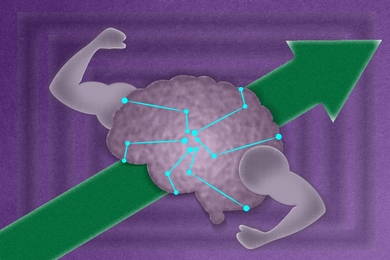OUR SCOPE OF WORK
To reengineer the structural, electrical and mechanical repair organizations within MIT's Physical Plant.
OUR REDESIGN
Why: Improve quality, service, time and cost.
How: Interviews with customers and employees.
Survey of best practice at other universities.
Analysis of the current system.
What: Develop hybrid system:
- Initiate multi-trade teams that are responsible forgroups of buildings (local zone).
- Maintain a central group (central zone) that performs large repairs, undertakes some new construction and renovation work and provides specialized support.
Features: Empowered multi-trade teams familiar with and accountable for building maintenance.
- Create a new building maintenance mechanic position to perform a broad scope of non-trade-specific repair tasks.
- Customer communicates directly with local zone.
- Less time getting people and material to jobs.
- Improved stockroom service.
- Less paperwork.
- Breaking down barriers between trade shops.
- ������������������Greater emphasis on Preventive Maintenance.
- ������������������Free up operations center to focus on environmental controls and emergency response.
How a local zone would work:
- Each morning zone mechanics coordinate work requests for the day.
- Mechanic picks up materials from zone stock area and goes to job.
- Mechanic does what is requested, inspects space, repairs another problem and moves on to next job.
- Or mechanic does what is requested, notices another problem but does not have the time or parts, reports problem back to team, team takes action.
- End of day meeting to discuss the day's activities, prioritize work requests, order materials and review building costs and charges.
- Central stock room delivers materials to local zone by 6am next day.
How the central zone would work:
- Customer or local zone contacts the central zone.
- A team of trade and stockroom supervisors evaluate, plan and schedule the work and staff a project team of trades people who coordinate among themselves to complete the entire job.
- Customer gets summary bill for the entire job.
Benefits: Better maintained spaces and systems (fewer breakdowns).
��������������������������� Reduced backlog of deferred maintenance.
��������������������������� Trades people will be familiar with, and accountable for their buildings.
��������������������������� Hassle-free service.
��������������������������� Customers are familiar with trades people.
��������������������������� Fast response; fast repair.
��������������������������� Many repairs will get done before customer notices (or reports) them.
��������������������������� Lower cost per repair.
��������������������������� Positions Plant to do in-house renovations.
��������������������������� Some previously contracted work will be done by repair and maintenance.
��������������������������� More time spent on work (less non-productive time)
A version of this article appeared in MIT Tech Talk on May 1, 1995.




